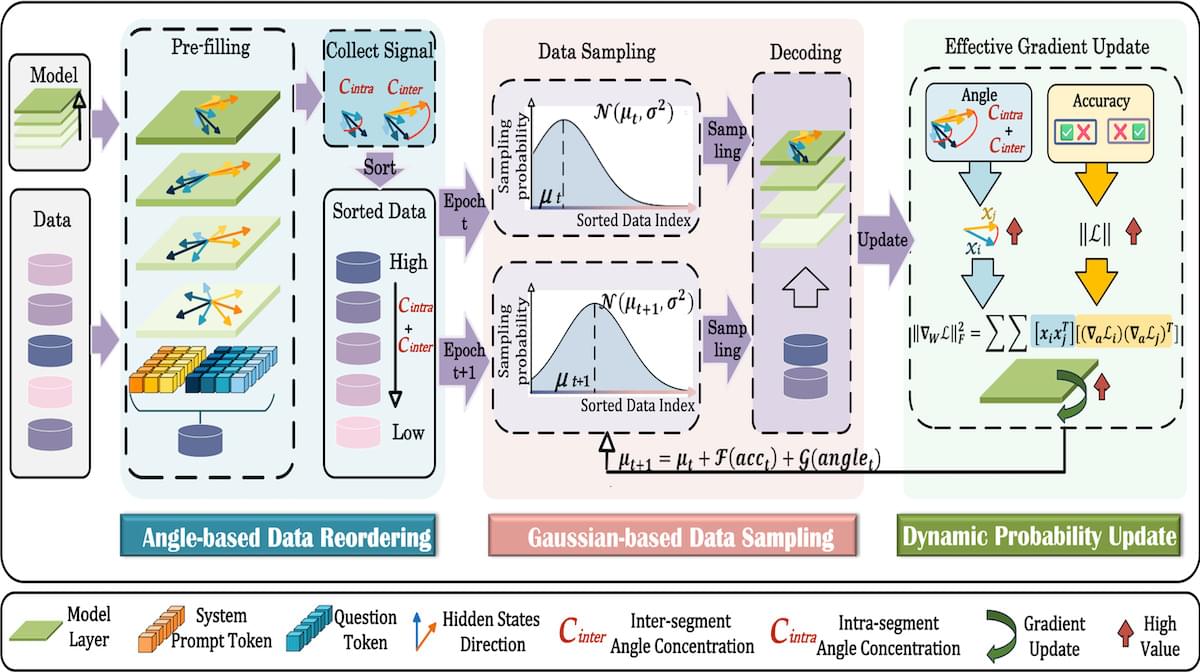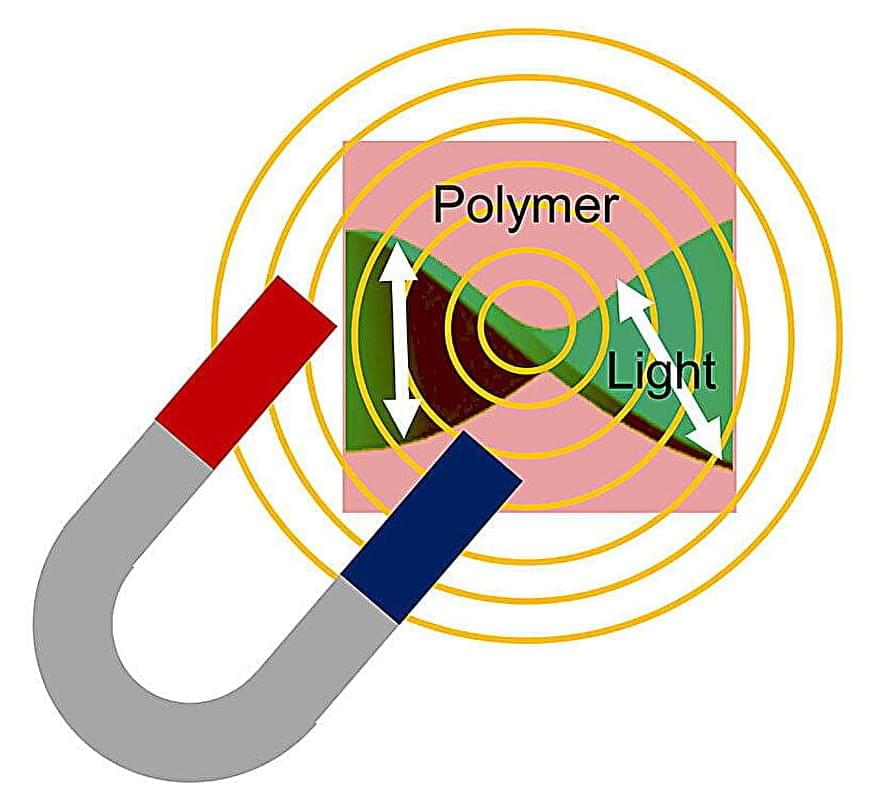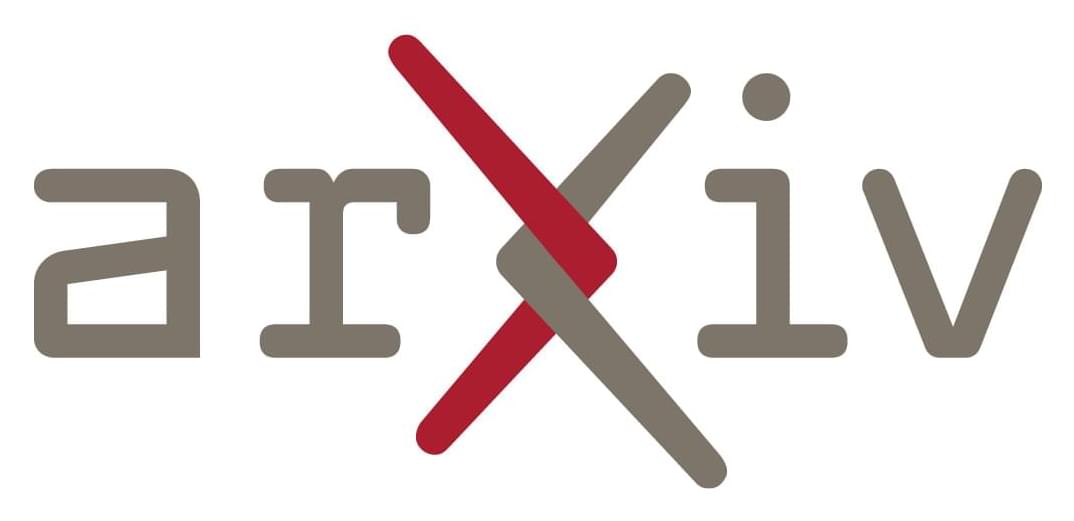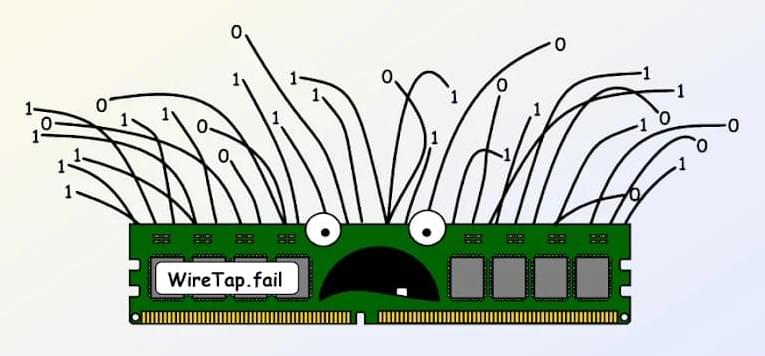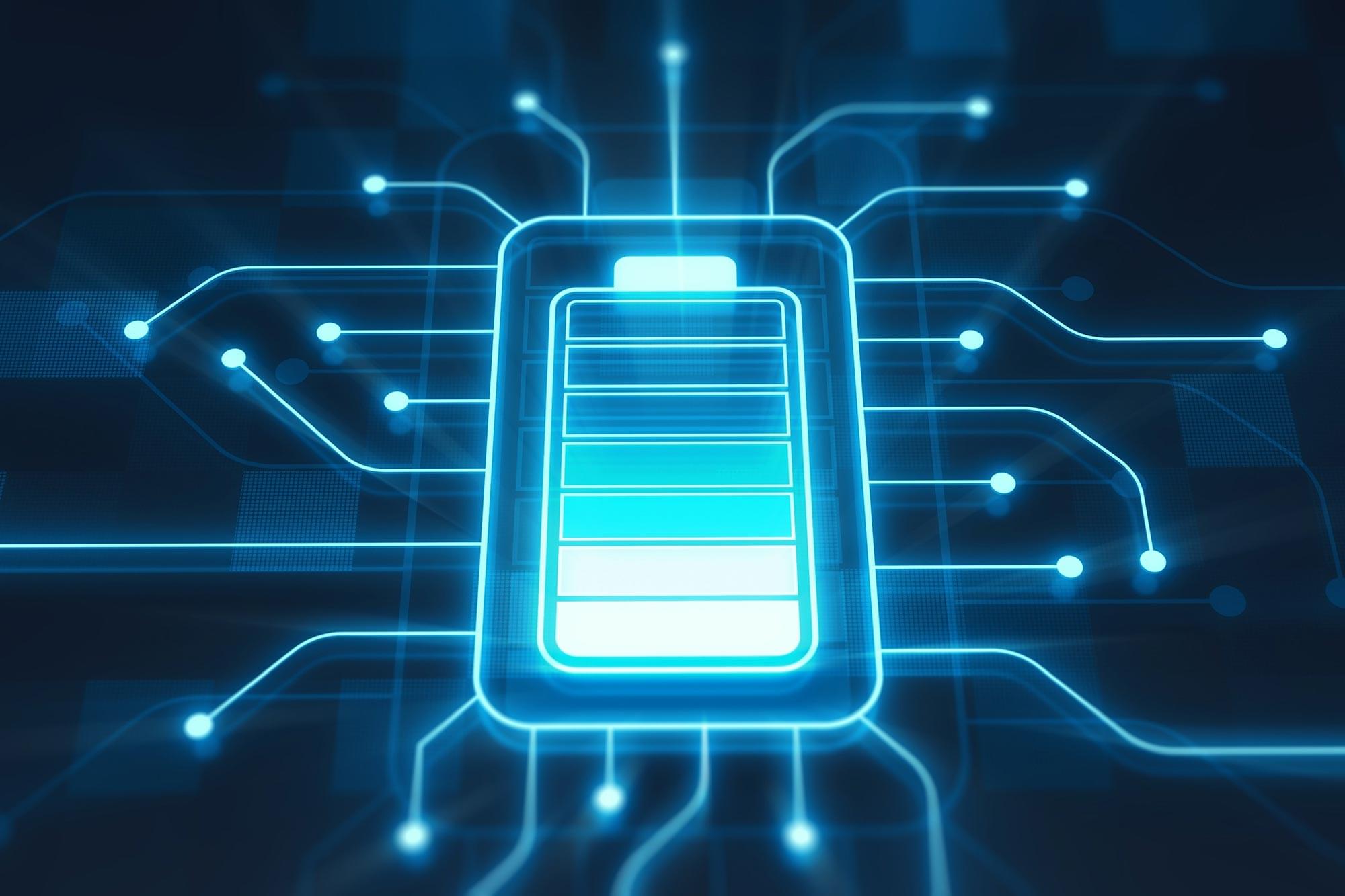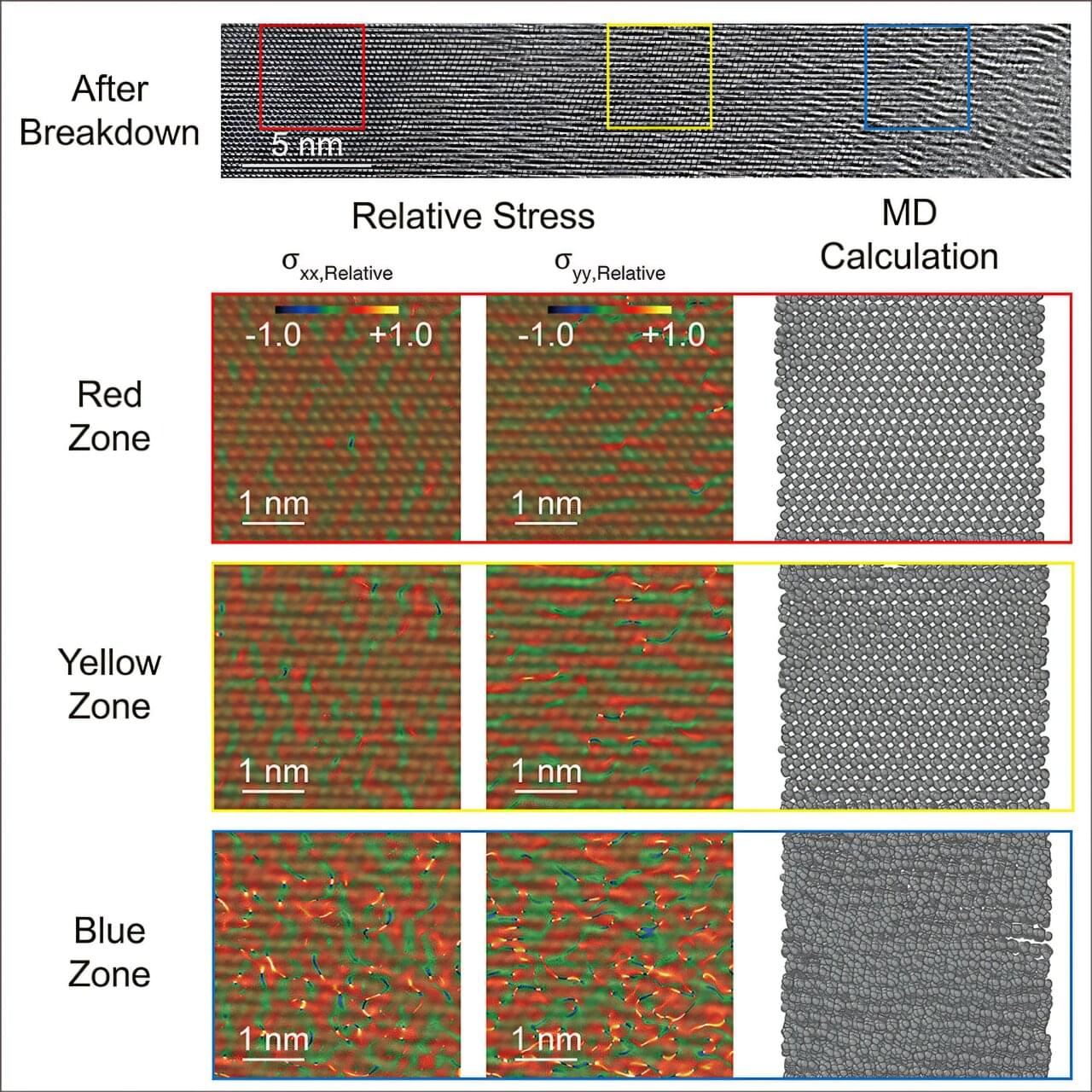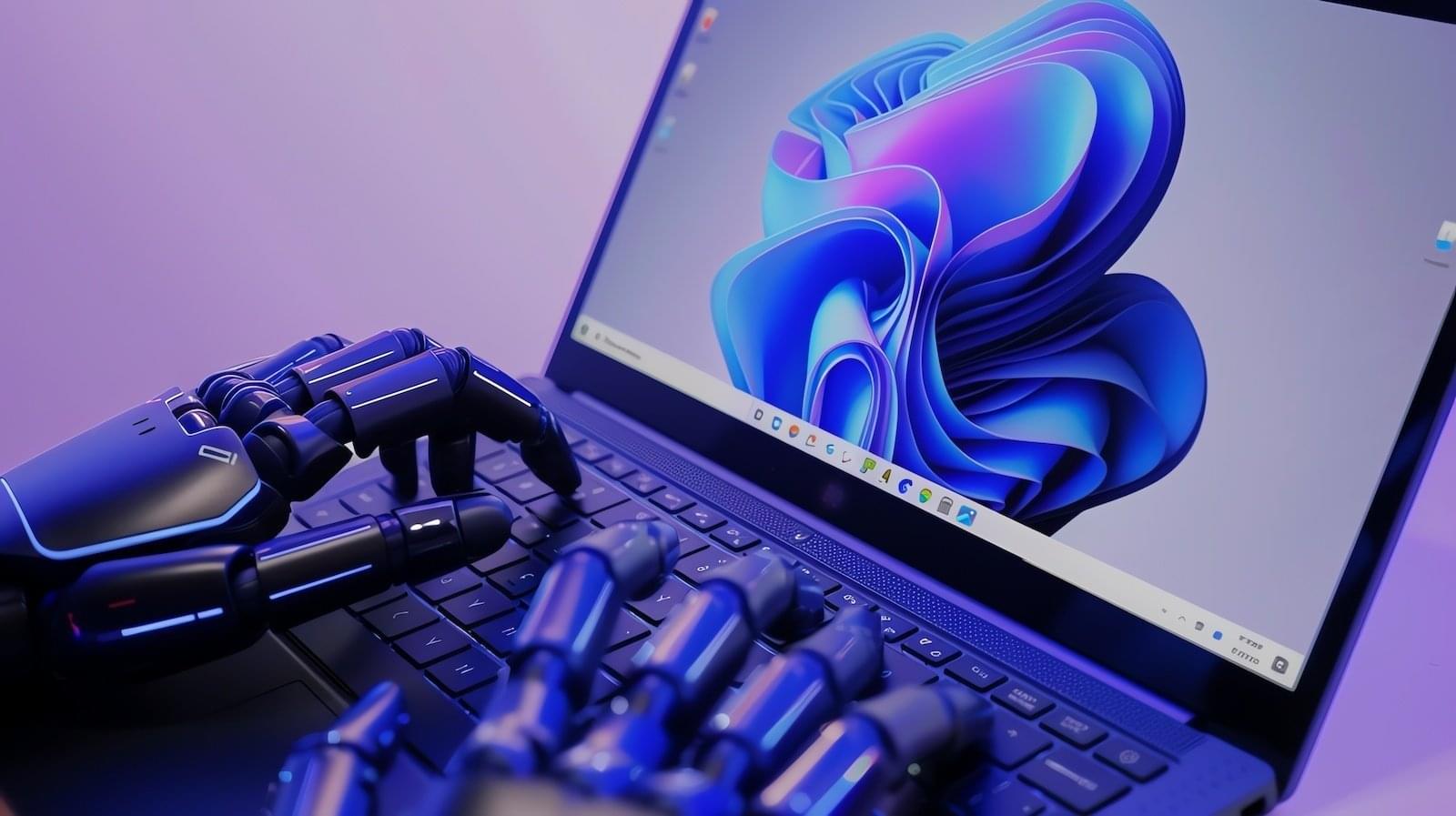In a significant step toward improving road safety, Johns Hopkins University researchers have developed an AI-based tool that can identify the risk factors contributing to car crashes across the United States and to accurately predict future incidents.
The tool, called SafeTraffic Copilot, aims to provide experts with both crash analyses and crash predictions to reduce the rising number of fatalities and injuries that happen on U.S. roads each year.
The work, led by Johns Hopkins University researchers, is published in Nature Communications.

